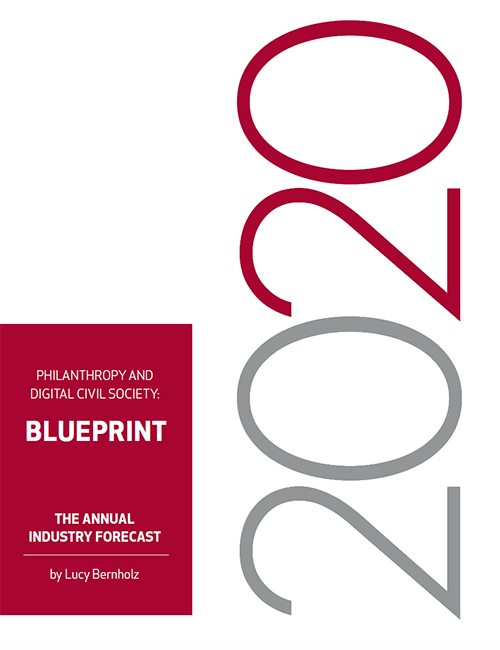THIS POST IS AN EXCERPT FROM BLUEPRINT 2020.
Today, we’re experiencing the shift that naturally happens when something ceases to be new and becomes familiar, ceases to be optional and becomes essential.
Not only are we dependent on our digital systems, our work is shaped by the regulations, motivations, and product design decisions of the companies that manufacture and provide our digital tools. Our work is also shaped by the governmental policies that regulate the way our digital systems work.
As civil society is now digital we face new decisions at every level, from the individual to the organizational, from civil society to democratic governments:
- Decisions people make about their own digital behavior, including protecting their privacy, being aware of surveillance, or deciding what is trustworthy information and what is not;
- Decisions that organizations make about technologies they choose and how they accept, reject, or seek to change the agreements written by the tech companies from which they “rent” their online tools;
- Decisions that organizations make about hiring staff and selecting board members with expertise on digital security and data collection, access, use, storage, and security;
- Decisions that nonprofit/philanthropic managers make about what information to collect, hold, or share as well as increasing awareness of data regulations on certain sectors or populations (health, finance, insurance, children); and
- Decisions that governments make about laws on data rights; regulation of internet platforms and telecommunications companies; surveillance technologies; civil liberties and human rights. At this level we also get considerations of the marketplace of technologies—what alternative tools and products and systems might we want, need or develop?
As 2020 dawns, we are perched at this transition from adapting to digital systems to assuming them as givens and addressing them as part and parcel of civil society’s remit.
To continue reading, and for a visualization based on the cycles of change mentioned above, download Blueprint 2020. Tweet @dgtlimpact with #Blueprint20, take the 2020 survey, and join us on LinkedIn.

